Recently I read Sara Gruen’s fascinating account of how she came to be inspired to write her bestseller, Water for Elephants, and the journey she went on to research the novel. It reminded me of the first time I met Elmer McCurdy, the real-life outlaw who would inspire me to write ‘The Consequences of Preserving Outlaws in Arsenic’. I was kicking back, flicking through the channels one night when I caught a BBC Timewatch documentary. It promised extraordinary things: the true-life story of a mummified outlaw discovered hanging in a California ghost train ride. I wasn’t particularly interested in Westerns – although I’d watched enough of them on Saturday afternoons at my Gran’s – but I was intrigued by the macabre. This tale was dynamite and it sparked off an imaginary ‘love-affair’ that I’m still having to this day. Not actually with McCurdy himself, the rather unsavoury and inept outlaw of the real West, but with my own character, Bill McCready, AKA Oklahoma Bill, who is a rather more charming, although no less inept, ruffian. I enjoyed the documentary immensely but I didn’t expect what happened next.
The next morning I woke with a western outlaw yattering ‘cornpone’ in my head. It sounds crazy – it felt a little crazy – but he was there and not ready to shut up. Let’s be clear, this was not a psychotic episode. I knew he wasn’t real, that he was an element of my over-stimulated imagination, and that he was my creative reaction to McCurdy. I also knew his name and that he had a lost grandson named Johnny Redfeather, and that while his story, in parts, would run parallel to McCurdy’s it was his own. This was years ago. At the time I had written my first novel, gained an agent, just finished the first draft of a second novel. I was also teaching and had quite enough to keep me busy, thank you. But Oklahoma Bill was not going to shut up and for some reason – unprecedented for me – he wanted to be written by hand. Fortunately, after a third of the novel was written he (or rather I) relented and transferred back to the computer, but for the first few months of the novel’s embryonic existence it was shaped within the bounds of a glittery green, hard-backed A4 lined work book that a friend had bought me for Christmas. The inside cover was pasted with a map of the USA and as the novel progressed I used a pencil to outline the journey Bill took.
The day I started writing ‘Consequences’ something terrible happened.
A couple of weeks before a good friend of mine – one of the best I’ve ever had – was assaulted and beaten by a group of kids and teens who lived on his street. Roy Hunt was a fellow lecturer, a bit of a flaneur, an eccentric, hot-tempered, and irreverent free spirit who painted his washing machine hot pink and taught English and Philosophy. He was shot at with an air rifle one day outside his house. He was furious and yelled at the kid; the next thing he was down on the ground. Two weeks later we were out together on a Saturday afternoon, having a drink in our favourite cafe, when Roy stood to go the toilet and was struck suddenly by a wave of dizziness. It got worse. He staggered to the toilet and was sick. When he came out he could hardly stand up; he had vertigo and appeared drunk, although he wasn’t. Neither of us had a car but I called a friend who took us to A&E. We waited for hours while Roy was wheeled in and out of various clinics. Jon stayed and was brilliant, but I also had someone else with me, and that person was Bill. For some reason I’d brought my green pad out with me that day – no doubt to start writing at the cafe if the opportunity arose. I pulled it out and started to frantically scribble. Bill’s voice was clear, his cadence and rhythm never faltered, and I could almost taste the dust at his heels and the smell of freedom utterly removed from the sterile, disinfected odour of the hospital. It’s an experience I will never forget.
Roy was diagnosed as having Meniere’s disease, most likely caused by the beating he had taken to his head. Meniere’s is a rare disorder affecting the inner ear. Its symptoms are vertigo and severe dizziness which can cause nausea and vomiting. Sufferers also experience hearing loss, tinnitus, and problems with balance. It is incurable.
People can mistake Meniere’s sufferers for being drunk. This became bitterly ironic in the case of Roy. When I first knew Roy he wasn’t an habitual drinker. He could certainly sink a few and he did with his friends but he wasn’t an alcoholic and alcohol didn’t really suit him. The summer following the assault and diagnosis, I spent a lot of time with Roy, hanging out in the suntrap of his tiny courtyard garden or lounging in the fake fur-trimmed easy chairs he’d salvaged from some skip. ‘Tatting’ he called it. An old Nottingham word for seeking out free, salvageable goods. Trawling flea markets and skips was one of the hobbies that bound us as friends, long before the fashion for ‘vintiquing’ hit the magazines. Another key ingredient in the recipe of our friendship was our mutual love of stories, both written and oral. This brings me back to Oklahoma Bill. As well as spending a lot of time with Roy that summer, I was also writing and each new adventure Bill recounted I read out loud to Roy. Not since I’d forced my poor parents to listen to my stories as a child had I been allowed to do this. But Roy loved it. He ate up those episodes they like they were bowls of ice cream. He harangued me if I wasn’t writing them fast enough. He started to seek out sources for me – a trio of tiny books on Buffalo Bill, Butch Cassidy, and Annie Oakley, old copies of National Geographic Magazine, articles on America. I was doing the same of course, searching everywhere to find the sources to make the novel as authentic as possible. But the best resource I had was Roy himself. It didn’t occur to me until much later, but Roy loved Bill so much because he related to him. Roy had charm, a boyish mischievous twinkle in his eye and an anti-authoritarian impetuous nature that mirrored Bill’s. The tales he told of his own escapades were romantically inflated, liable to change from telling to telling and often very funny. He loved America – had lived there twice, for some time in New York and also in Arizona.
That summer Roy started drinking. It was subtle at first. I’d go round about ten in the morning and smell alcohol on him. It was mouthwash, he’d say. He’d turn up to the cinema for an afternoon showing and his eyes would be blurry. He swayed. Became disoriented easily. But these were symptoms of the Meniere’s too. He was always bumping his head or electrocuting himself; this was fairly normal for Roy who was forever re-wiring his house without turning the electricity off, or crawling onto a low roof and falling off – even before the Meniere’s. But it was happening more often. The injuries got worse.
The novel was written then redrafted again and again. Johnny Redfeather’s story changed dramatically three times. The final re-writing ripped out half the novel and I had to start afresh. Johnny’s story was always harder for me to find than Bill’s, but eventually I knew when I’d got it right. That was two years ago.
When Roy finally admitted to me that he was drinking (although he never acknowledged, to me at least, that he was an alcoholic) he explained he started when he found it was the only thing that would take the edge off his vertigo. Ironically being drunk made him feel less dizzy. He appeared more sober. But, of course, it wasn’t just that. Unlike Bill, who is smugly self-satisfied fictional character, Roy was a complex, sensitive man, prone to swings between manic energy and debilitating depression. More than the symptoms of Menier’s, terrible as they are, I believe Roy started his descent into full-blown alcoholism in reaction to the emotional trauma of being assaulted by kids in his neighbourhood; kids he saw every day.
So, does this story have a happy ending? Well, yes and no. Roy died in October last year. He moved to Spain a few years ago, living in small town tucked away at the foot of the Sierra Nevada’s. He led a quiet, drunken, but fairly peaceful life. Two years ago he fell down a flight of stairs and smashed himself up very badly. He had diabetes, liver damage, high blood pressure and other conditions linked to age, Meniere’s, and alcoholism. Yet he was living the life he used to envision when we worked as lecturers together. He had sun most days of the year in the dry, arid sort of climate he’d loved in Arizona. Most importantly he was writing and painting. In fact his family gave me the manuscript of the novel he’d written and when I’m brave enough I’ll read it. I’ll be able to hear his voice the way I can hear Bill’s.
One week before he died I received a letter from him. We were friends to the end. Fittingly enough the letter was about Oklahoma Bill. I’d sent him a copy of the book – ‘The Consequences of Preserving Outlaws in Arsenic.’ He was mentioned in the dedication and I wanted him to see it. The book had been proofed and edited by numerous people, professional and otherwise. What Roy sent me was a very detailed list of typos, suggestions, and comments. He still loved it, he said, but thought it was now more of Johnny’s story. I think so too but it still revolves around Bill. He is the sun in that galaxy. I feel it is more of a balanced book than the one I wrote and read out to Roy that summer. Life is like that. Our friendship was platonic but intense back then, given to ups and downs. I met my partner, Roy moved to Spain (the two events were unconnected) and we both visited him there. Our friendship remained loyal and constant despite the distance and perhaps more balanced for it.
It seems fitting that one of the last things we wrote to each other about was Bill. He seems so central to much of our friendship. We’d talk about him as though he was real. Elmer McCurdy was a real person but after death no more than a mummified husk being dragged from carnivals to fairgrounds across the states. Bill ‘Oklahoma’ McCready only exists in an imaginary world. Roy Hunt was real. He was loved by many people and he exasperated all of them. He was a slippery storyteller; a master embellisher, his versions of events could change from listener to listener, day-to-day, but, like Bill, every time he told a story he believed every word he said. And very like Bill, the seeds of Roy’s self-destruction he often planted himself, sewing them unwittingly into every best-laid crazy plan, until they exploded like tiny bombs blowing up in his face. One of my favourite Roy tales was about the time he and a friend saw a horse in a paddock (this was in the states) and Roy took it into his head that he was going to ride it bareback. Now, Roy had no experience of riding horses, fully saddled, and trained, not least bareback, but small details never deterred him. He did manage to leap on the poor creatures back, before landing resoundingly on his own after it bucked him off. He cracked his head (of course) and gained a concussion, but the tale he had to tell and the laugh it always got made the injury worthwhile. Once, in a boring, bureaucratic meeting with the new vice-principle of the college, Roy suddenly rose, vaulted over a desk, and exited through the fire escape. It was quite a drop to the ground below and twenty gobsmacked people watched as Roy dropped out of sight, only to reemerge a few moments later legging it as fast as he could across the grass.
Roy Hunt was my friend. I will hold in my heart the sight of him disappearing into the distance as nineteen envious people wished they had the guts to slip the shackles of mediocre conventionality and make a run for it. His is the voice I listen for now. I think Bill listens for him too.

Drinking a can of Dandelion and Burdock













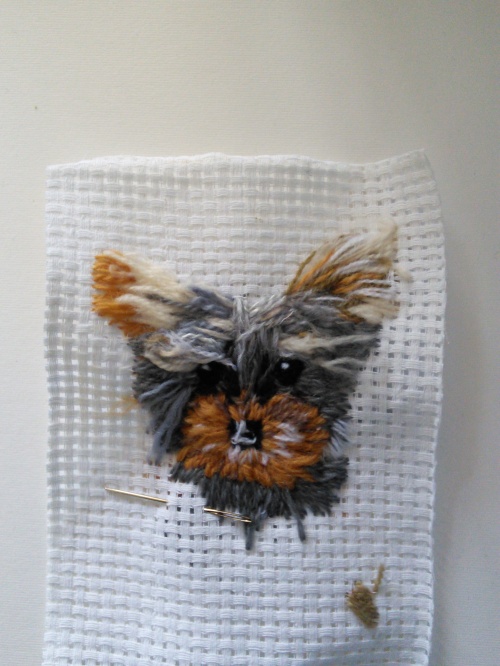

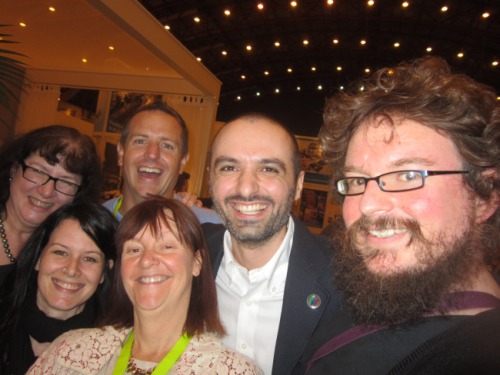
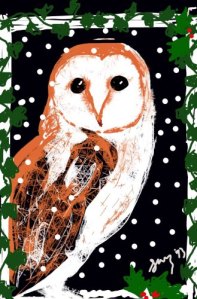
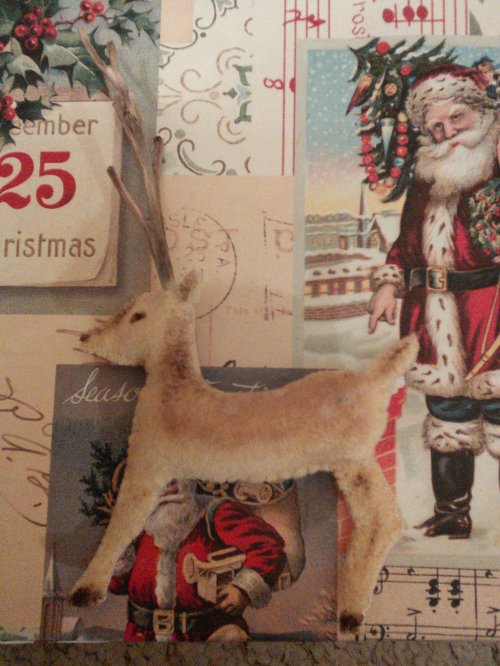

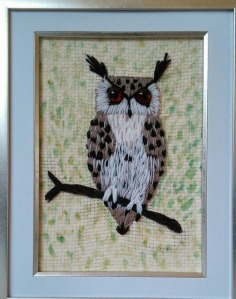
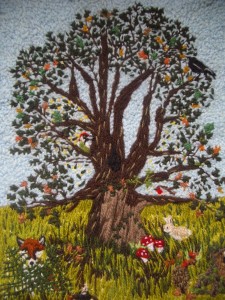
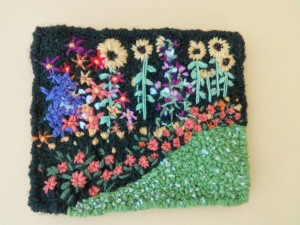
You must be logged in to post a comment.